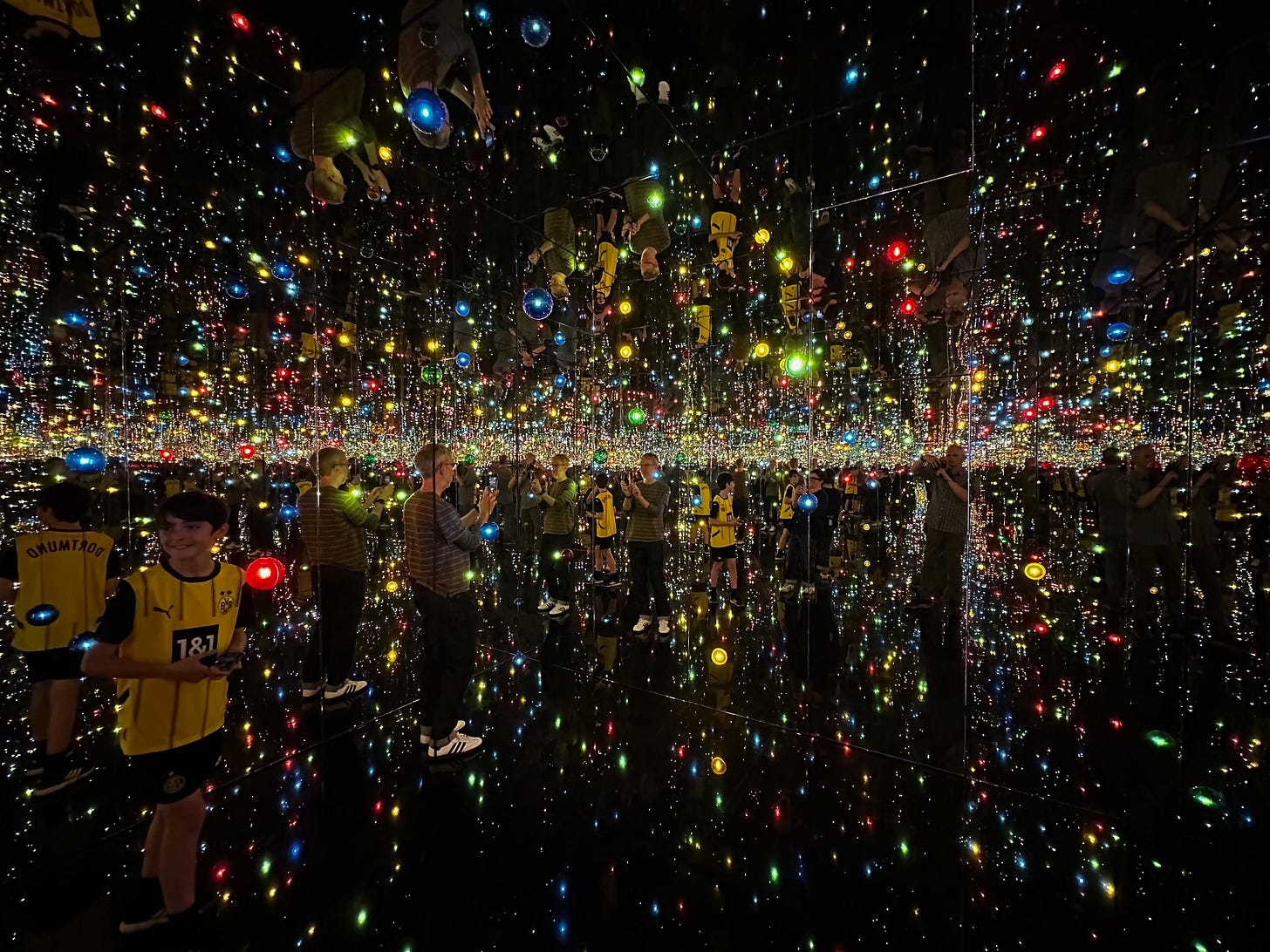Reflections in Titanium: An Immersion in the Guggenheim Museum Bilbao
How Frank Gehry's Architectural Marvel Transformed a City and Redefined the Museum Experience
I'd seen the images, of course. Countless photographs of the Guggenheim Museum Bilbao had graced magazine covers and architectural journals long before my pilgrimage to the Basque city. The iconic, undulating titanium curves reflect the moody Biscayan sky. The surrealist giants populate its riverside sculpture garden. F…




